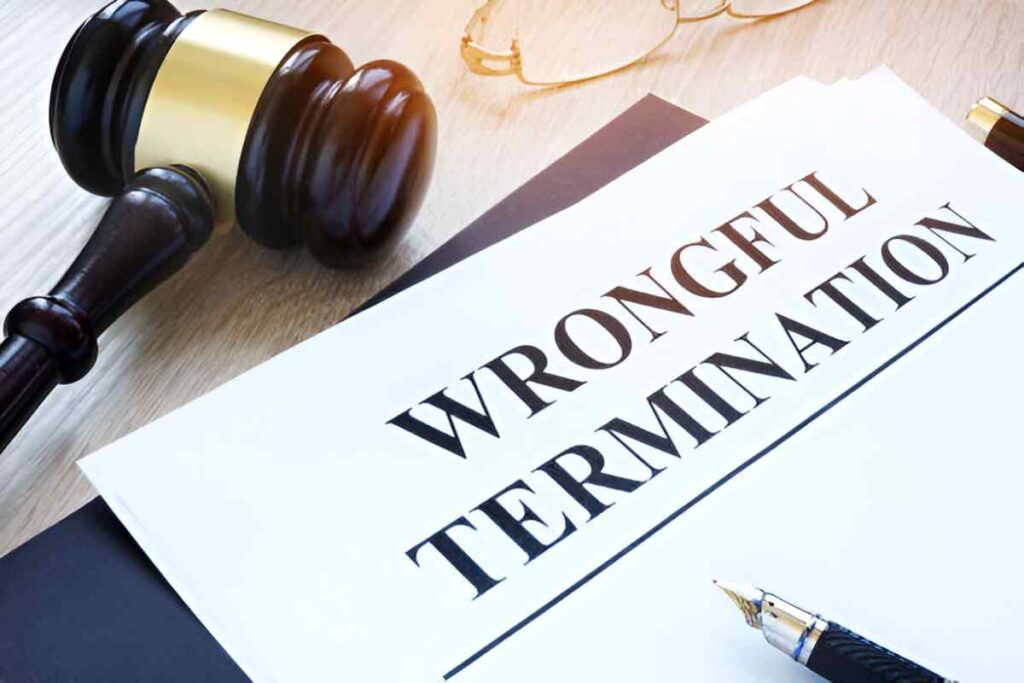Navigating through financial troubles or dealing with bankruptcy can be a daunting process. As individuals or businesses face these challenges, an essential figure in the process is the Official Receiver (OR). Many might not fully understand the role or responsibilities of an Official Receiver, yet their involvement plays a pivotal role in the outcome of insolvency cases. This article aims to delve deep into the duties, responsibilities, and importance of the Official Receiver, providing you with a comprehensive understanding of their functions, processes, and significance in bankruptcy and insolvency proceedings.
Table of Contents
What is an Official Receiver?
An Official Receiver (OR) is a government-appointed officer who manages bankruptcy and insolvency cases, typically working for a government agency such as the United States Trustee Program, a division of the U.S. Department of Justice. The OR’s primary role is to ensure that a bankrupt individual or business complies with legal requirements during the bankruptcy process. They act as an intermediary between the debtor, creditors, and the court, helping to maintain fairness and transparency throughout the legal process.
In bankruptcy proceedings, the OR is tasked with overseeing the administration of the estate, evaluating the debtor’s financial situation, and ensuring that creditors are treated fairly. They also serve as the person responsible for ensuring that all aspects of the bankruptcy process comply with the law.
The Role of the Official Receiver in the Bankruptcy Process
In bankruptcy cases, the debtor’s estate is managed by the OR. Whether an individual or business has filed for bankruptcy, the OR is responsible for administering the estate. They perform several functions to ensure that creditors are paid and the bankrupt party’s financial situation is appropriately resolved. Let’s break down the responsibilities:
1. Assessing the Debtor’s Financial Situation
Upon being appointed, the OR first evaluates the debtor’s financial position. This includes reviewing all of the debtor’s assets, liabilities, income, and debts. The OR examines the debtor’s financial records to determine the extent of the bankruptcy estate and to ensure that all claims against the debtor are legitimate.
2. Managing the Bankruptcy Estate
Once the financial situation has been reviewed, the OR takes control of the bankrupt person’s estate. This includes selling off non-exempt assets and distributing the proceeds to creditors in accordance with the priorities set out by the law. The OR must act in the best interests of the creditors while ensuring the debtor’s rights are respected.
3. Investigating the Debtor’s Actions
The OR conducts an investigation into the debtor’s actions prior to the bankruptcy filing. This is to ensure that the debtor has not engaged in fraudulent behavior or attempted to hide assets. If the OR uncovers any fraudulent activity, they may take legal action to hold the debtor accountable and prevent any attempts to discharge debts through dishonest means.
4. Distributing the Assets to Creditors
Once the assets are liquidated, the OR is responsible for distributing the proceeds to creditors. The distribution is made in a specific order, following the bankruptcy law. Creditors with secured claims are typically paid first, followed by unsecured creditors. The OR ensures that the distribution is done fairly and legally, keeping records of the transactions throughout the process.
5. Monitoring the Debtor’s Conduct
During the bankruptcy process, the OR also monitors the debtor’s behavior. This includes making sure that the debtor is complying with their bankruptcy obligations, such as attending required meetings and providing necessary documents to the court and creditors. If the debtor fails to cooperate or breaches any conditions, the OR can report the issue to the bankruptcy court.
Key Responsibilities of the Official Receiver
Let’s summarize the major responsibilities that the OR holds:
| Responsibility | Details |
|---|---|
| Asset Liquidation | Selling the debtor’s non-exempt assets to repay creditors. |
| Debt Distribution | Distributing funds to creditors according to legal priorities. |
| Investigating Fraud | Investigating any potential fraudulent activity by the debtor. |
| Compliance Monitoring | Ensuring the debtor complies with all bankruptcy obligations. |
| Reporting | Regularly reporting on the status of the bankruptcy to the court. |
The Role of the Official Receiver in Corporate Bankruptcy
In corporate bankruptcy cases, the role of the Official Receiver becomes even more crucial. Companies that file for bankruptcy often have complex financial structures and multiple creditors. In such cases, the OR works to unravel the company’s financial situation, manage the liquidation of business assets, and ensure that the company’s debts are handled according to the law.
For instance, if a corporation is undergoing Chapter 7 liquidation (a type of bankruptcy proceeding in the U.S.), the OR is responsible for selling off the company’s assets to repay creditors. This could include physical assets, intellectual property, and any other valuable assets the business might own. Once assets are liquidated, the proceeds are distributed to creditors based on the order of priority, with secured creditors paid first.
The Bankruptcy Process: Official Receiver’s Involvement
The bankruptcy process is lengthy, and an Official Receiver’s involvement is crucial to its success. Let’s break down the steps and where the OR fits in:
Step 1: Filing for Bankruptcy
The debtor files for bankruptcy in court. This can be done voluntarily or by a creditor who is owed money. The court will review the petition and appoint the Official Receiver.
Step 2: Reviewing the Petition and Appointing the OR
Once the court has received the bankruptcy petition, the OR is appointed to oversee the process. The OR reviews the debtor’s financial situation and assesses the estate.
Step 3: Liquidating Assets and Investigating the Debtor’s Actions
The OR begins liquidating non-exempt assets and investigates any fraudulent actions by the debtor. The goal is to maximize the amount of money available for creditors and ensure that the bankruptcy process is carried out legally.
Step 4: Distributing the Funds to Creditors
Once the assets are liquidated, the OR ensures that the proceeds are distributed to creditors based on their legal priorities. This process may take months or even years, depending on the complexity of the case.
Step 5: Final Report and Case Closure
Once all the assets have been liquidated and the creditors paid, the OR provides a final report to the court. The case is then closed, and the debtor’s remaining debts are discharged (if applicable).
Example of Asset Liquidation in Bankruptcy
Consider an individual who has filed for bankruptcy. They own a house worth $200,000, a car worth $20,000, and $30,000 in bank savings. The person owes $150,000 in secured debts (mortgage) and $50,000 in unsecured debts (credit card loans, medical bills). Let’s assume the OR sells all non-exempt assets and liquidates the estate.
- House Sale: The OR sells the house for $200,000. The secured mortgage lender is owed $150,000.
- Car Sale: The OR sells the car for $20,000. This money is used to pay unsecured creditors.
- Bank Savings: The OR distributes the $30,000 savings among unsecured creditors.
Calculation:
- Mortgage Payment: $150,000 (paid to secured creditor)
- Car Sale Proceeds: $20,000 (partially paid to unsecured creditors)
- Bank Savings: $30,000 (distributed among unsecured creditors)
The Official Receiver’s role in ensuring that each creditor is paid fairly in the correct order is crucial to the integrity of the process.
Legal and Ethical Considerations
An OR is bound by strict legal and ethical standards. They must ensure transparency, avoid conflicts of interest, and act impartially. Their actions are subject to oversight by the bankruptcy court, which ensures that they are fulfilling their duties properly. Failure to comply with these standards can result in legal consequences, including disqualification from future appointments.
Conclusion
Understanding the role of the Official Receiver is essential for anyone going through bankruptcy or involved in the insolvency process. The OR’s responsibilities go beyond just liquidating assets; they are the key figure in ensuring that the process is fair, transparent, and legally compliant. Whether you’re an individual or a business facing bankruptcy, knowing what to expect from the Official Receiver can help guide you through this challenging process.





